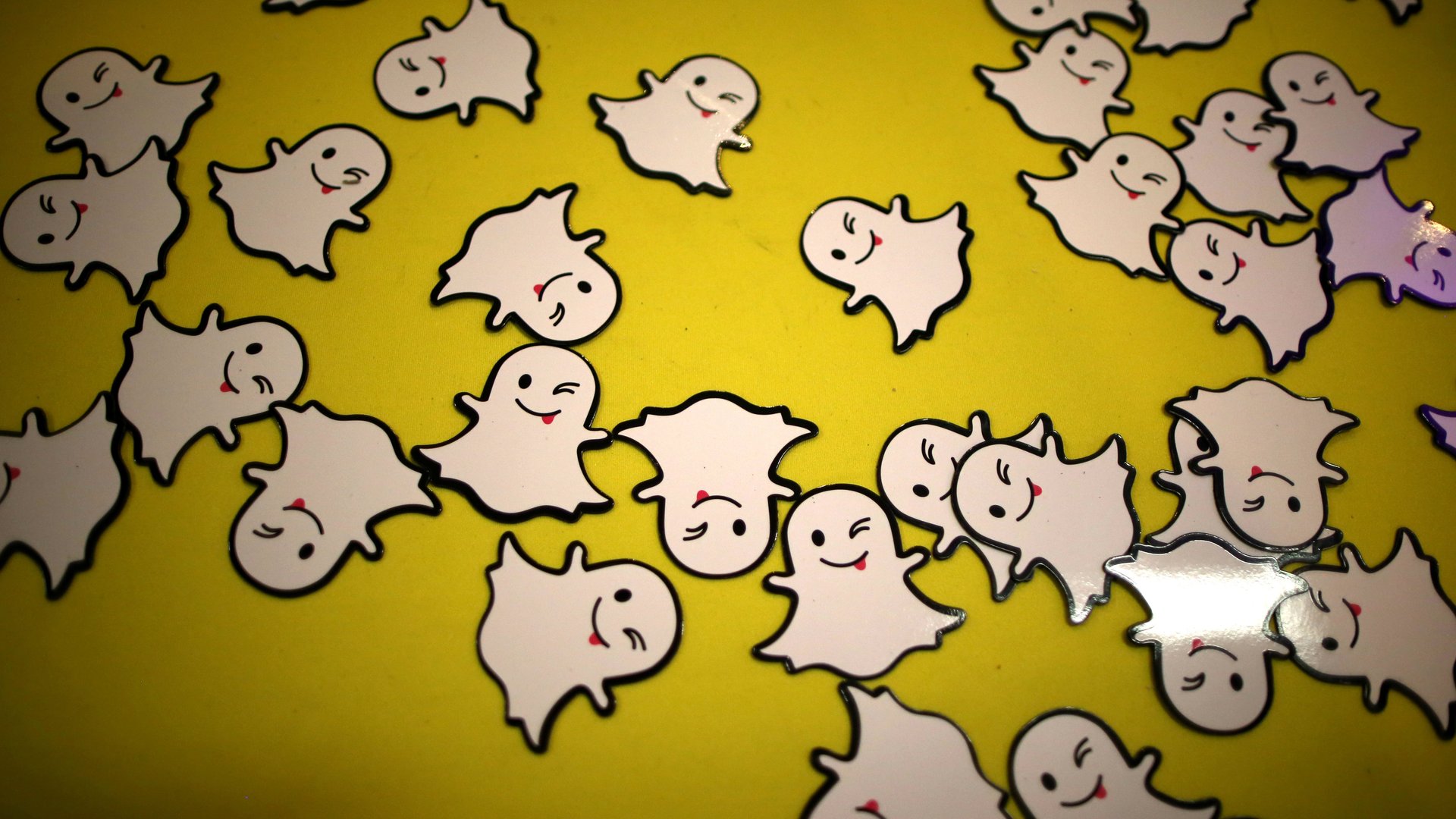It’s getting harder and harder to defend Snap being a public company
It’s been a rough start to life as a public company for Snap, the parent company of Snapchat.


It’s been a rough start to life as a public company for Snap, the parent company of Snapchat.
After an enthusiastic debut on the New York Stock Exchange in March that saw the company’s share close at $24, well above its $17 initial offering price, a series of underwhelming earnings reports and increased competition from Instagram have brought it back down to Earth. Snap’s stock has not traded above its IPO price since early July.
Snap announced today that it generated $208 million in revenue during the third quarter, a jump of about 62% over the same period last year, but far below the $235 million analysts had expected. Snap lost $443 million in the quarter, a spike of 257% from a year earlier. The company’s stock plummeted nearly 20%, to about $12, in after-hours trading at the time of publishing.
Snap’s business is heavily concentrated in North America, with roughly 80% of the revenue it generated this past quarter coming from the region. Revenue growth from the rest of the world was fairly minimal.
After a massive first-quarter expense resulting from the stock-based compensation it paid out to employees after going public skewed Snap’s bottom line, the company’s expenses are far outpacing revenue. One of the problems with running a video- and picture-messaging service is that hosting and serving that imagery is a costly business that will only rise with more users. In the past quarter, it paid $121 million in hosting costs alone. Overall, expenses for the quarter were nearly $670 million.
The company has also been cutting into its cash reserves. It reported that it had $2.29 billion in cash and equivalents at the end of this quarter, a drop from $2.79 billion in the second quarter.
Snap’s user growth is another area of concern. The company added just 5 million new daily users in the third quarter, putting its tally at 178 million, well below the 300 million that Instagram’s knock-off feature, Stories, has managed to bring in over the last year. The company also dropped out of the top 10 most-downloaded apps on Apple’s App Store this quarter, TechCrunch recently reported.
The company also announced that it wrote off just shy of $40 million in inventory of its Spectacles connected video glasses, corroborating recent reports that it has thousands of pairs sitting unsold in a warehouse. The company has spent over $1.3 billion on research and development through the first three quarters of the year, up 1000% from the $118 million it had spent over the same period last year.
What Snap is spending all that money on is unclear, but it needs to be additive to be the business soon as it’s only generating about $1 per user on average.
In a prepared statement, CEO Evan Spiegel was still hopeful for the future. He said the company now sells 80% of its advertising programmatically, up from none last year. This automation has allowed Snapchat’s ads to get cheaper, which affected revenue, but in theory will open the platform up to more advertisers in the future.
Spiegel also said the company is building a completely new Android app, and redesigning its iPhone app to make them both easier to use, which has been a common complaint about the company’s app as long as it’s existed. “There is a strong likelihood that the redesign of our application will be disruptive to our business in the short term, and we don’t yet know how the behavior of our community will change when they begin to use our updated application,” Spiegel said. “We’re willing to take that risk for what we believe are substantial longterm benefits to our business.”
He also added that the company will build a new way for creators to build and monetize Snaps for a wider audience beyond their friends, which sounds a lot like the Vine app, which was killed last year because Twitter couldn’t make it profitable.
Snap faces a daunting task of trying to take away a meaningful share of digital advertising revenues from Google and Facebook, which account for more than 60% of the market. But Spiegel is doubling down on what he sees as the reasons people will choose Snapchat over its competitors next year: “2018 promises to be a productive and exciting year for Snap, with many changes coming to our products and platform,” he said. “We will be hard at work delivering on our priorities: user growth, content, and augmented reality.”
Then again, so is just about everyone else.